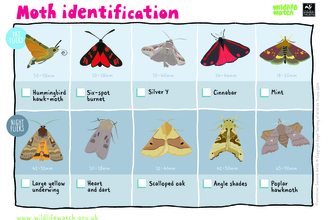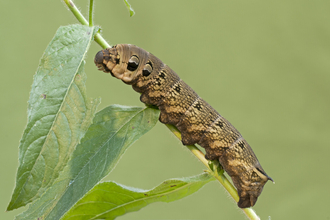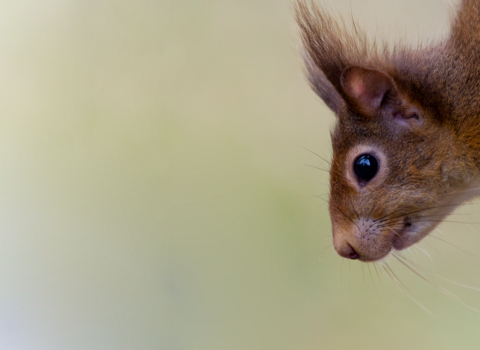
Oak eggar © Tom Marshall
Oak eggar
These moths can be seen flying on sunny days, but you're more likely to spot the fuzzy caterpillars crawling over paths.
Scientific name
Lasiocampa quercusWhen to see
Adults: July to August in the south; May to July in the northCaterpillars: August to June in the south; July to following September in the north
Species information
Category
Statistics
Forewing length: 25-40mmConservation status
Common
About
The oak eggar is a large, furry moth that can be seen flying in late spring and summer. Males are active during the day, flying fast and low over the vegetation as they search for resting females. They have feathered antennae to help them follow pheromones released by newly emerged females. The females can fly too, but do so at night, when they are sometimes attracted to lights.Oak eggars are found in a wide range of habitats, from heathlands and moorlands to grasslands, hedgerows, sand dunes, and fens. They can thrive in so many places because the caterpillars aren't picky. They feed on a variety of trees, shrubs, and flowers, including bramble, heathers, and blackthorn. Caterpillars appear in mid-late summer, are inactive over winter, then start feeding again in spring. In early summer, they pupate on the ground, amongst vegetation, in a tough brown cocoon.
Oak eggars in the north of the UK are larger and darker. They're classed as a separate subspecies, known as northern eggar. They have a slightly different lifecycle. As with oak eggar, they spend their first winter as a caterpillar, but instead of pupating at the end of spring they continue to feed until autumn. They then spend the winter as a pupa, emerging as adults in their second spring.
How to identify
A large moth with a very fluffy body. Males have rich brown wings with a slightly wavy, yellowish line running across them. They have an obvious white spot on each of the forewings, and feathery antennae. Females are a paler, sandy brown but also have the yellowish line and white spot. Female northern eggars are a darker buff colour, but otherwise the two subspecies are very similar.Before their first winter, caterpillars are small and bluish with orange hairs. They have orange triangle or diamond patterns on their back. After winter, they grow into much larger furry, pale brown or orange-brown caterpillars, with black bands between the body segments and a row of white dashes on each side. They're often found crossing paths or basking in the sun.



